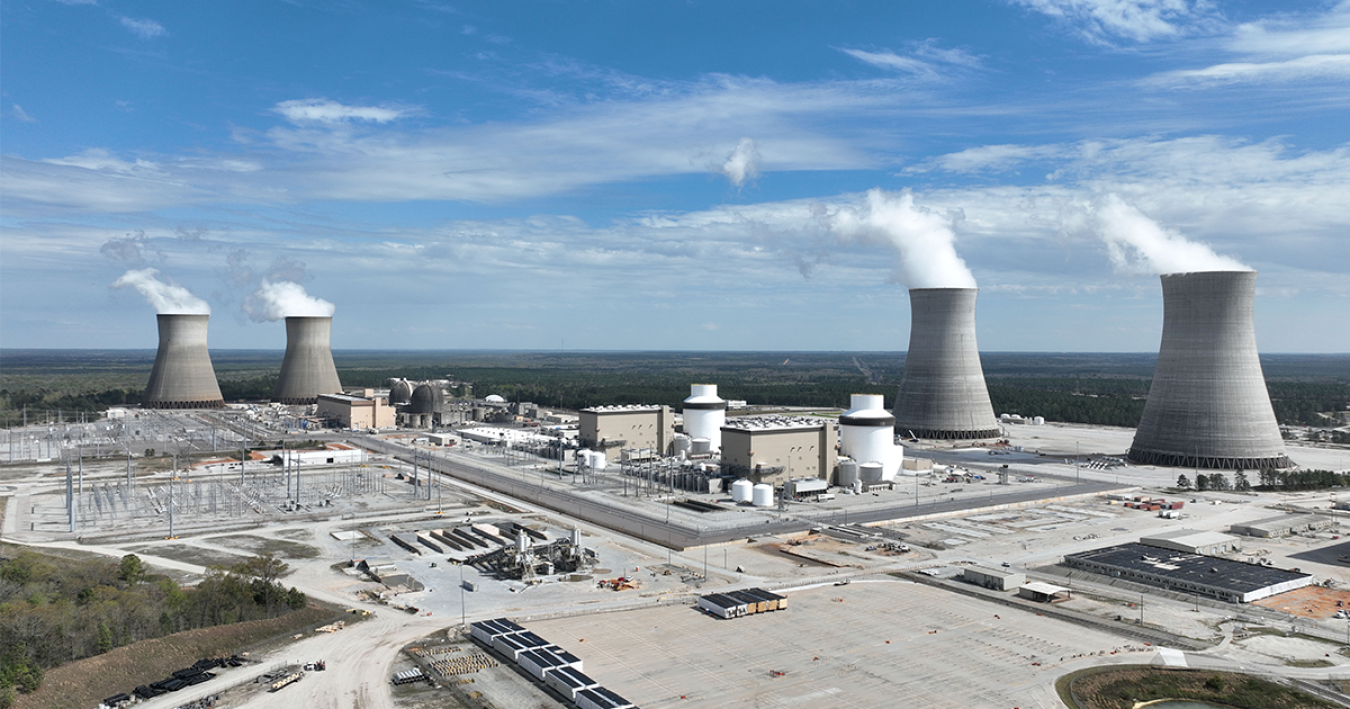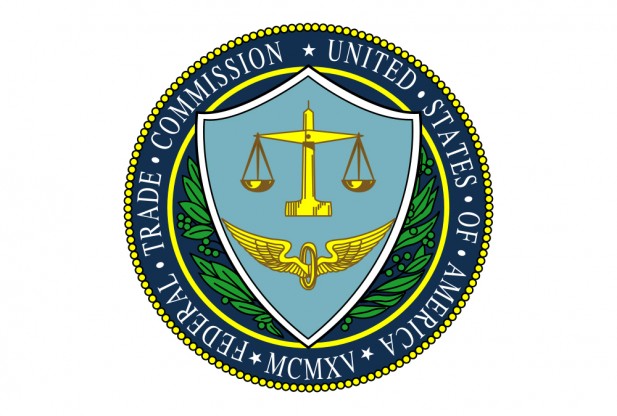What the Sector is Aiming For
- Many countries have pledged to triple global nuclear power capacity by 2050. That target reflects broad recognition that nuclear energy is essential to meeting growing electricity demand, providing reliable baseload power, and decarbonizing energy systems.
- The ambition is driven by rising demand for clean and stable power—especially in places where energy use is increasing sharply and where renewables alone aren’t always sufficient to meet grid stability needs.
The Key Challenges Highlighted
At the World Nuclear Symposium in London, industry executives, government agencies, and utilities identified multiple serious obstacles that could derail the goal if not addressed together. They include:
- Uranium Supply Shortfall
- Demand for uranium is forecasted to grow sharply—by about one-third by 2030, and more than double by 2040.
- At the same time, production from currently operating mines is expected to shrink significantly over that same period due to depletion of resources.
- New mines take a long time to come online—often a decade or more for exploration, approval, and construction.
- Financing & Cost of Capital
- Nuclear projects require very large upfront investment and long payback periods.
- Many governments carry high debt, so expecting them alone to fund all expansion is unrealistic.
- Private sector financing is becoming more important—but risk perceptions, regulatory uncertainty, and long timelines make many private and institutional investors hesitant.
- Multilateral development banks and export credit agencies are beginning to ease restrictions, but for many projects, costs remain prohibitive or uncertain.
- Supply Chain Disruptions & Fuel Processing Infrastructure
- Beyond uranium mining, facilities for conversion, enrichment, fuel fabrication, and waste disposal are not evenly distributed globally.
- Some of these supply chain segments are dominated by a few countries. This can create bottlenecks or exposure to geopolitical risk.
- Barriers to trade, export controls, or restrictions can further complicate access to necessary materials or technology.
- Talent Pipeline and Human Resources
- Building, operating, and maintaining nuclear power plants requires a highly specialized workforce: nuclear engineers, reactor operators, safety experts, regulatory specialists, etc.
- In many places, that talent is aging, retiring, or migrating to other sectors. New entrants must start from scratch in training or education.
- For countries without a history of nuclear power, growing this workforce takes time and sustained investment.
- Regulatory, Risk & Perception Hurdles
- Regulatory frameworks vary widely across countries in terms of safety, permit timelines, environmental review, etc. Delays in licensing or approvals can severely stretch schedules and budgets.
- Public perception and political risk remain strong factors—concerns about safety, waste, cost overruns, and accidents still influence decision-making and community acceptance.
- In some places, the cost/risk profile of nuclear is often compared unfavorably to renewable sources, which are faster to deploy or perceived as simpler.
- Competition from Other Energy Sources
- Renewables (solar, wind), storage, and emerging technologies like green hydrogen are capturing a lot of investment and political attention.
- In some markets, the cost dynamics, speed of deployment, and lower upfront risk make those alternatives more attractive in the short term.
- Nuclear often must compete not just on operating cost but on perceived risk, financing cost, and schedule reliability.
What’s Working for the Nuclear Sector
While there are challenges, the article also points out progress and positive trends:
- The World Bank and some development banks have eased restrictions on financing nuclear projects, broadening possible funding sources.
- Developers are getting better at setting delivery schedules and cost estimates, reducing uncertainty and making projects more bankable.
- Some uranium miners are increasing exploration, and companies are investing in expanding or modernizing supply chains for fuel conversion and enrichment.
- Countries in Africa (e.g., Ghana, Rwanda, Egypt) are showing serious interest in small modular reactors (SMRs) or forming plans to build nuclear infrastructure, although with the talent and financing hurdles such countries must overcome.
Why It Matters: Strategic & Investment Implications
Here are what this means for the industry and for investors:
| Implication Area | What to Watch / Do |
|---|---|
| Project Valuations & Risk | Investors need to build in cost and schedule risk; projects likeliest to succeed will be those with strong regulatory frameworks, confirmed financing, and experienced operators. |
| Supply Chain Opportunities | Companies in the uranium mining, fuel processing, conversion, enrichment sectors could see strong tailwinds. Opportunities also for firms supplying reactor parts, modular builds, safety systems, etc. |
| Financing Innovators | Those who can deliver lower risk (standardized SMRs, modular reactors, clear licensing) will attract more investment. Green bonds, public-private partnerships, multilateral funding are likely growth paths. |
| Workforce & Human Capital | Firms and governments investing in education, training, certification will have a competitive edge. There’s also potential for outsourcing or partnerships to fill gaps. |
| Geographic Diversification | Countries with high political stability, clear regulation, and good resource endowments (uranium, water, land) may emerge as favorable sites. Investors might look to emerging nuclear markets. |
| Policy & Regulation | Be attentive to changes in nuclear policy: approvals, safety regulation, licensing timelines, waste disposal rules. Policy risk remains one of the biggest uncertainties. |
| Technology Adoption | SMRs, advanced reactor designs (non-light water reactors), modular construction, digital regulation / remote operation could all reduce cost / time and improve scalability. |
Bottom Line
Triple nuclear capacity by 2050 is technically plausible—but only if a broad set of interlocking challenges are addressed urgently and in concert. The supply of uranium, the regulatory and talent bottlenecks, financing models, and public perception are not small problems. They are central to whether that ambition becomes reality or remains aspirational.
For those looking to invest or participate in the nuclear sector’s growth, the time is now to identify low-risk entry points—such as fuel-cycle businesses, modular reactor developers, and geographies with favorable policy/regulatory environments. But keep expectations realistic: schedules will slip, costs may overshoot, and competitive pressures from renewables will remain intense.





